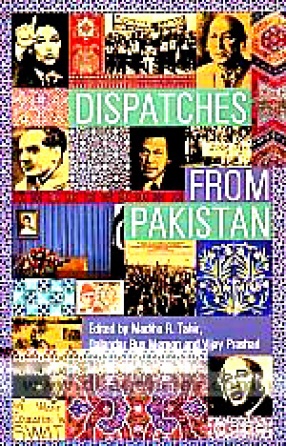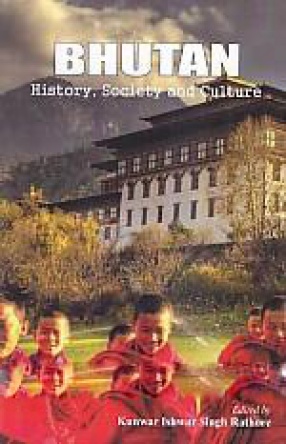During the decade of 1980s a spate of peasant movements began to envelop different parts of India, which were for the first time differed from the earlier movements in terms of strategies, discourses, politics and agendas. It all began in Maharastra under Shetkari Sangathana, then spread to Karnataka under Karnataka Rajya Raitha Sangha (KRRS), later on in Uttar Pradesh movement came under the influence of Bharatiya Kisan Union. The specific characteristics of these movements were that they began challenging the wider exploitative relations, socio-political system, and the wider role of industrial/western capitalism. At the same time they were concerned about redefining the role of the state, of the politics and the categories by throwing up new discourses and conceptual theoretical frameworks. Though the immediate push for the peasant movement in Karnataka was the decling purchasing power, unremunerative prices and the terms of trade going against agriculture, yet the ultimate agenda was the retention of class/caste position of the rich peasantry at different structural levels. For that, it advocated class collaboration and unity, social harmony, non-violence and "a new peasantry" who combines rationale with reasons. Meanwhile "Khadi Curtain" that the movement advocated for the purpose of civil society. State and the international relations becomes the frame work for the present and for the future. In the ultimate analysis, this particular movement has to be seen and analysed in terms of the growing contradictions between agrarian capitalism on the one hand; industrial and western capitalism on the other.

Peasant Movement in Karnataka 1980-94
In stock
Free & Quick Delivery Worldwide
reviews
Bibliographic information
Title
Peasant Movement in Karnataka 1980-94
Author
Edition
1st. Ed.
Publisher
ISBN
8185402876
Length
vii+320p., Tables; 22cm.
Subjects




There are no reviews yet.